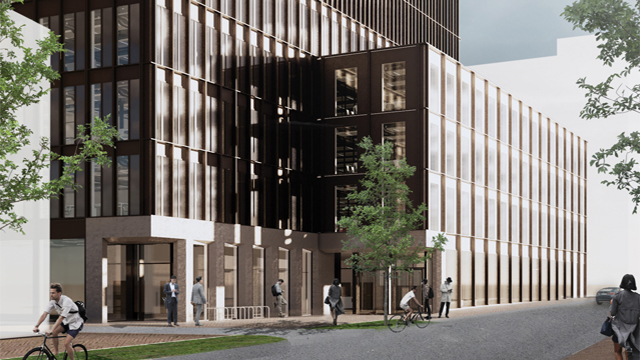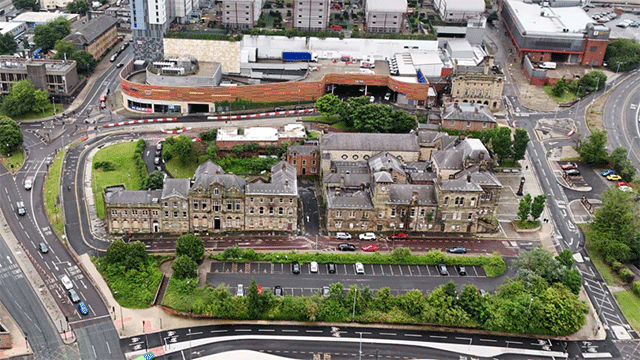Some precise and detailed guidance for anyone contemplating changes to property within the Chelsea conservation area is included in an interesting report prepared by Chartered Town Planners McCoy Associates for the Royal Borough of Kensington and Chelsea.(*) The conservation area covers an area of Chelsea comprising modest residential terraces sandwiched between major roads. The largely small-scale buildings vary in age and style, reflecting changes in fashion in urban design. With the exception of a fine church (St Lukes) the conservation area contains few individual buildings that stand out in their own right, but the combined effect of the age and appearance of the buildings makes them worthy of conservation area status, the report says.
Shopfront design changes periodically in response to commercial competition, differing house styles and variations in display techniques, the report points out. The borough council says it recognises the existence of these pressures and does not wish to be unnecessarily restrictive over the appearance of new shopfronts within the conservation area by allowing only copies of traditional designs. “Traditional shopfronts nevertheless blend well with their surroundings, whether on corner sites between residential terraces or in minor shopping streets where attractive sequences can occur. The council believes that guidelines can be established, based on traditional scale and propositions, which can assist in the production of good, modern design.”
If the enlargement of a house is being considered, the roof may seem the easiest direction in which to extend. The report points out, however, that rooflines are extremely sensitive to change, and alterations can be visually detrimental, particularly on the two- and three-storey terraces so characteristic of Chelsea. For this reason there is a general presumption against permission being granted for the erection of additional storeys.
The existence of coal hole covers in the pavements is an interesting feature of the Chelsea street scene and the council is anxious that they should be retained. While the council is obliged to offer the service of removing them on request, the report expresses the hope that other ways of curing damp penetration will be considered and it suggests that if the openings are sealed then the old cover should be rebedded in the pavement. On another point of detail, the report refers to the foot scrapers, door knockers and pot guards which contribute to the period character of the area. Many properties still have their window sill pot guards and their footscrapers and their retention is crucial as they are difficult to repair or replace.
(*) Chelsea conservation area proposals statement. Royal Borough of Kensington and Chelsea, Town Hall, Hornton Street, London W8. £3.










